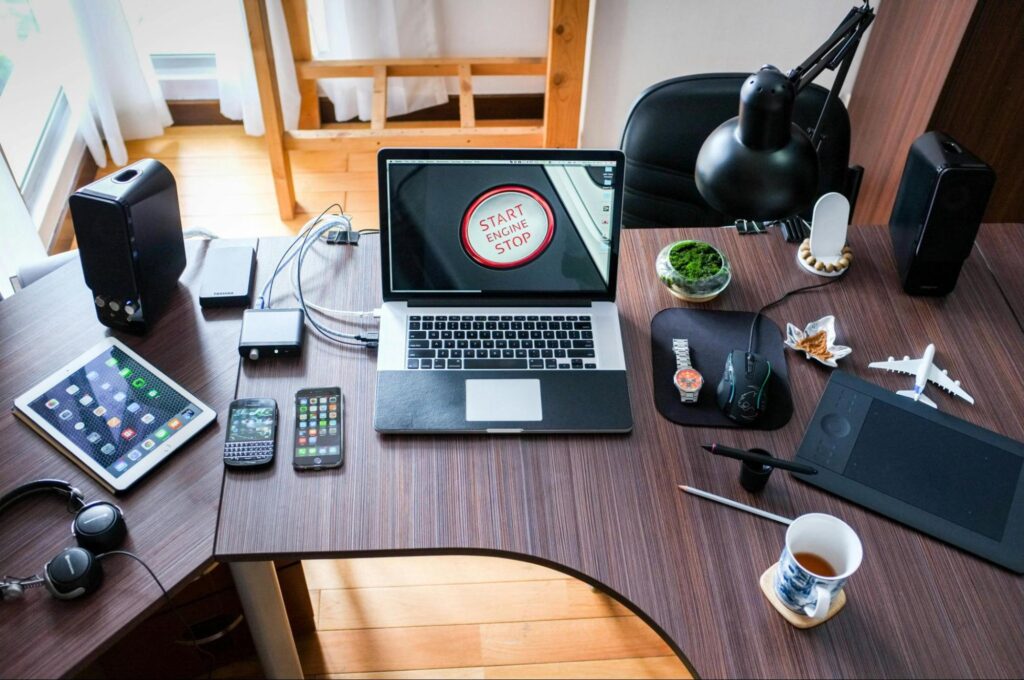In today’s tech-savvy world, online shopping has become a norm, and the furniture industry is no exception. The furniture placement planner allows customers to visualize how furniture will fit and look in their living spaces, offering an enhanced shopping experience that blends creativity with practicality. By integrating these planners into their websites, stores are not only boosting customer confidence but also simplifying the decision-making process, helping buyers find the perfect fit for their homes.
What Is a Furniture Placement Planner?
A furniture room planner is a digital tool that utilizes advanced technologies like augmented reality, virtual reality, and 3D rendering to help users design and arrange furniture in a virtual representation of their space. Customers can input room dimensions, add windows and doors, and even select wall colors to create a highly accurate digital replica of their home.
With this tool, users can experiment with different layouts, furniture styles, and color schemes. This eliminates guesswork, reduces the chances of purchasing incompatible pieces, and ensures an overall satisfying shopping experience.
Key Features of Furniture Room Planner
1. 3D Visualization
The heart of a room planner lies in its ability to generate detailed 3D models of furniture and spaces. Users can rotate, zoom, and examine items from every angle, providing a comprehensive view of how the piece will look in their room.
2. Custom Room Dimensions
Most planners allow customers to input exact room measurements. This ensures that the virtual layout reflects their actual living space, making it easier to avoid buying furniture that is too large or small.
3. Drag-and-Drop Functionality
With simple drag-and-drop options, users can easily place furniture in their virtual rooms. This intuitive feature makes the tool user-friendly, even for those with no prior design experience.
4. Material and Color Customization
Furniture placement planners often include customization options for materials, colors, and finishes. This helps users match new pieces with their existing décor, ensuring a cohesive look.
5. “View in Your Room” Option
Advanced planners integrate AR capabilities that allow customers to superimpose furniture into their actual space using a smartphone or tablet.

This feature bridges the gap between virtual planning and real-world application.
How Furniture Placement Planner Enhances the Shopping Experience
1. Improved Decision-Making
One of the biggest challenges in online furniture shopping is imagining how a piece will look and fit in a specific space. The furniture placement planner removes this uncertainty by providing a realistic preview.
For example, a customer looking to buy a sofa can see how it aligns with the room’s dimensions, matches with existing décor, and fits the overall aesthetic. This ensures they make a purchase they’re happy with, reducing returns and exchanges.
2. Time and Cost Efficiency
Planning a room’s layout before making purchases saves both time and money. Shoppers can explore various configurations and styles without the hassle of visiting multiple stores or returning items that don’t fit.
3. Personalized Shopping
These planners often integrate with product catalogs, allowing users to choose from the store’s available inventory. Some even offer AI-driven recommendations based on the user’s preferences, further personalizing the shopping experience.
4. Enhanced Engagement
By offering an interactive tool, furniture stores can keep customers engaged on their websites longer. This not only boosts conversion rates but also builds brand loyalty. Customers appreciate the effort to make their shopping journey smoother and more enjoyable.
The Technology Behind Furniture Room Planners
Augmented Reality
AR enables customers to project 3D models of furniture into their actual rooms. By using their smartphone camera, they can see how a chair, table, or bed will look in their space with realistic proportions and lighting effects.
Virtual Reality
Some advanced planners offer a fully immersive experience through VR. Customers can virtually “walk” through their rooms and interact with the furniture as if they were physically present in the space.
Artificial Intelligence
AI powers many room planners by analyzing customer preferences and providing tailored suggestions. For instance, it can recommend matching furniture sets or alternative layouts based on user input.
Cloud Computing
Cloud-based planners allow users to save their designs and access them across devices. This convenience ensures a seamless shopping experience, whether the user is on a desktop, tablet, or smartphone.
Benefits for Retailers
Furniture placement planner is not just beneficial for customers — they are a game-changer for retailers as well.
1. Increased Sales
By helping customers visualize products in their homes, these tools increase confidence in purchasing decisions, leading to higher sales.
2. Reduced Returns
Misjudged dimensions or mismatched styles often lead to returns, which are costly for retailers.

Planners significantly reduce such instances by enabling customers to make informed choices.
3. Competitive Edge
In a crowded market, offering innovative tools like a furniture placement planner sets a store apart. It demonstrates a commitment to customer satisfaction and modernizes the shopping experience.
4. Data Insights
Room planners can collect valuable data on customer preferences, such as popular styles, layouts, and product combinations. Retailers can use this information to optimize their inventory and marketing strategies.
Future Trends in Furniture Room Planning
The evolution of technology promises even more sophisticated furniture placement planners in the future.
- AI-Powered Design Suggestions: AI will become more advanced, offering highly personalized layouts and product combinations based on user data.
- Voice Integration: Imagine designing your room by simply describing what you want. Voice-activated room planners could make this a reality.
- Sustainability Focus: Planners might include eco-friendly recommendations, helping customers choose sustainable materials and designs.
- Social Sharing: Users could share their room designs on social media, turning the planning process into a collaborative and interactive experience.
Conclusion
The furniture placement planner is more than just a convenience—it’s a transformative tool that bridges the gap between imagination and reality in furniture shopping. By integrating these planners into their websites, retailers are not only enhancing the customer experience but also staying ahead in an increasingly competitive market.
For customers, the benefits are clear: easier decision-making, personalized options, and a more enjoyable shopping journey. As technology continues to evolve, furniture room planners will only become more powerful, shaping the future of home décor and design in remarkable ways.




